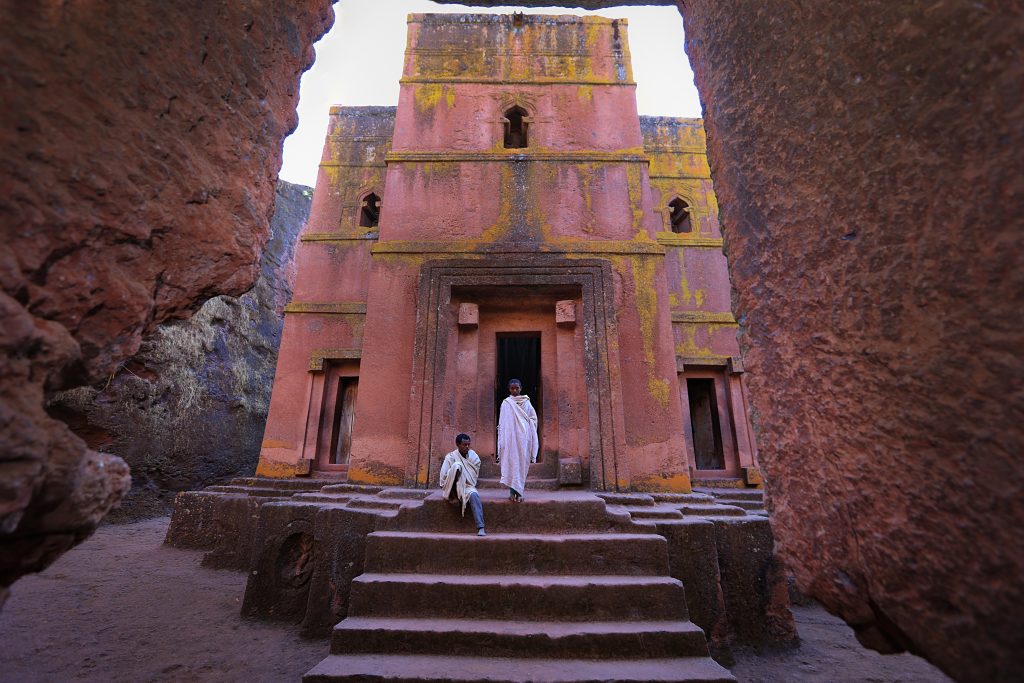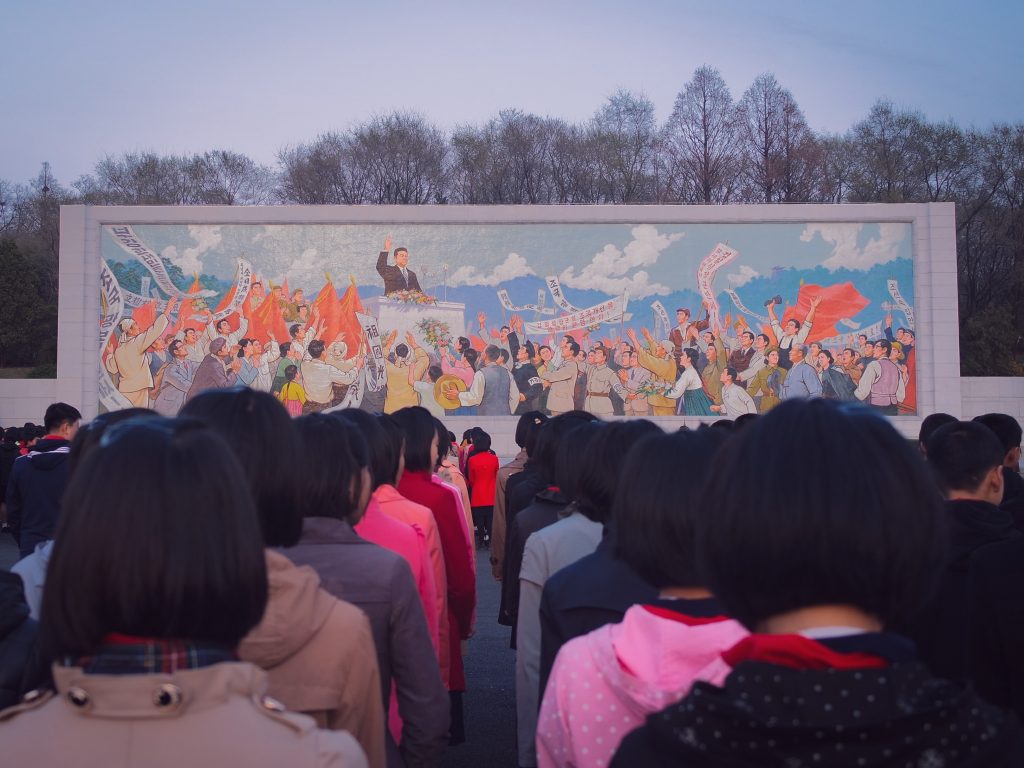The new year brings an opportunity for change, to start all over again. Every year on the 31st of December, people gather to bid adieu to the year gone by, and come up with resolutions as they step into a new year – at least that’s what the Gregorian calendar says.
Most of the world acknowledges the Gregorian Calendar as official, but that is partly a result of imperialism. The calendar was a product of religious doctrine and Renaissance science. Pope Gregory XIII created the calendar to rectify a drift between the actual solar year and the Catholic liturgical year. At the time, the Catholic liturgical year was based on the Julian calendar, which was fairly out of sync.
When the Pope introduced his calendar, Protestants and Orthodox Christians opposed the new concept. Eventually, some regions of Europe started adopting the calendar over the centuries. Countries like Greece, Russia, and Romania didn’t give in until the year 2000.
The ISO has approved the Gregorian calendar for worldwide use. But many regions had their own time-keeping methods long before the 439-year-old system was put in use.
Thailand
Thailand is centuries ahead of us. At least, time-wise. Thailand uses the Buddhist calendar as its official calendar, in which the calendar’s epochal date (Year zero) was the year in which the Buddha attained parinibbāna. The reckoning of the Buddhist Era in Thailand is 543 years ahead of the Common Era (Anno Domini), so the country is living in B.E. 2565.

Ethiopia
The Ethiopian Calendar has 13 months, with the last month being “Pagume”. The country calculates the birth year of Jesus Christ differently. When the Catholic Church amended its calculation in 500 AD, the Ethiopian Orthodox Church did not. The year is currently 2015, according to the Ethiopian Calendar. Ethiopians celebrate the beginning of a new year on 11 September, or 12 September if it is a leap year, according to BBC.

Israel
The Hebrew calendar started at the time of Creation, around 3761 BCE. The current Hebrew year is 5783. A year in the Hebrew calendar can be 353, 354, 355, 383, 384, or even 385 days long!

Nepal
Nepal follows the lunisolar Vikram Samvat, which is about 57 years ahead of the Gregorian, meaning Nepal is in 2079 BS until mid-April 2023. Alongside Nepal Samvat, it is one of the two official calendars used in Nepal. The Vikram Samvat is also used in some states of India.

North Korea
For North Koreans, the calendar begins with the birth of their former leader, Kim Il-sung, which was the year 1912 in the Gregorian calendar. So North Korea just stepped into the year 112, as we step into 2023.

Even India has its own calendar. The national calendar based on the Saka Era was adopted on 22 March 1957 along with the Gregorian calendar. The first month, Chaitra, corresponds with March of the Gregorian Calendar. Shaka Samvat is generally 78 years behind of Gregorian Calendar, except January to March when it is behind by 79 years.



